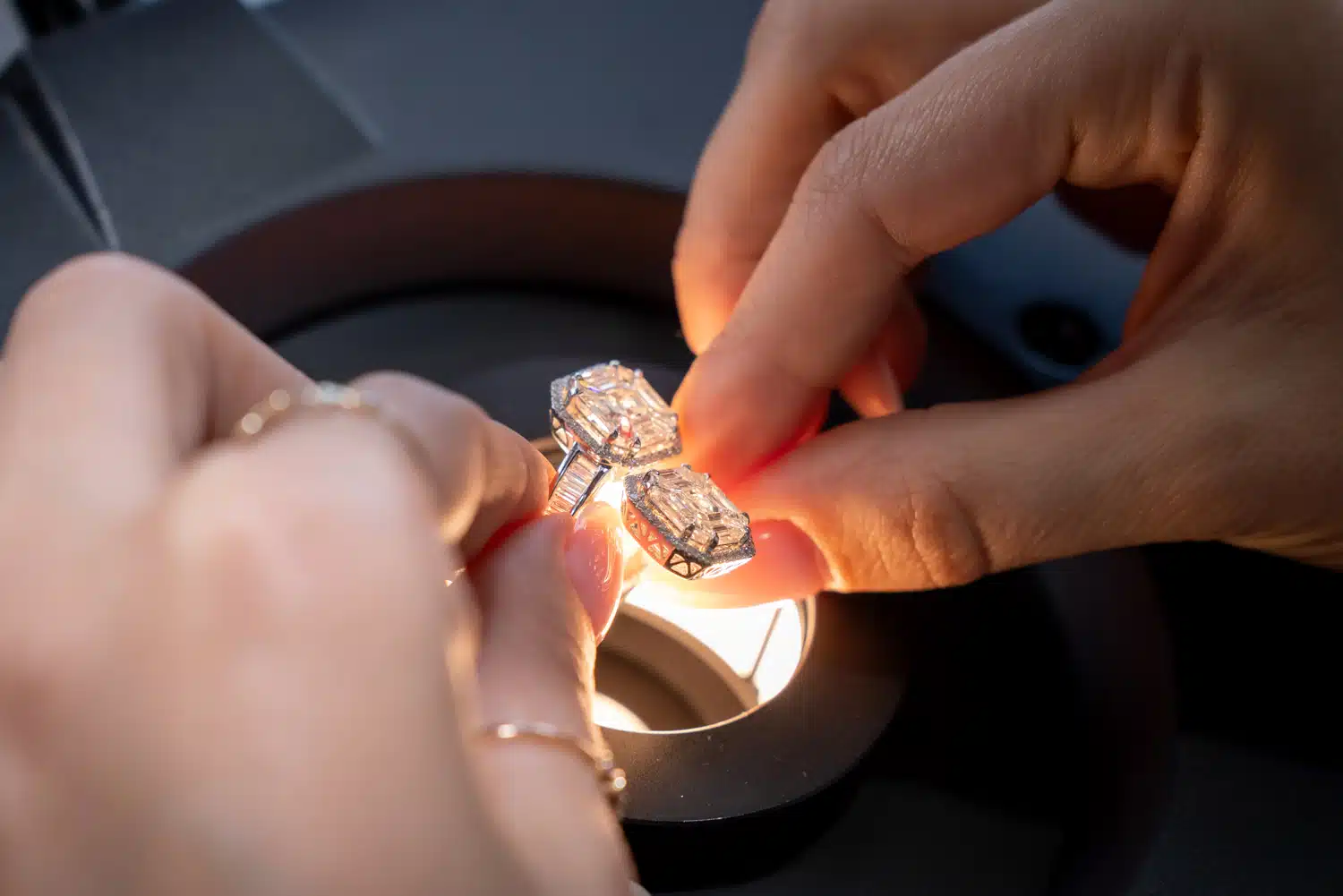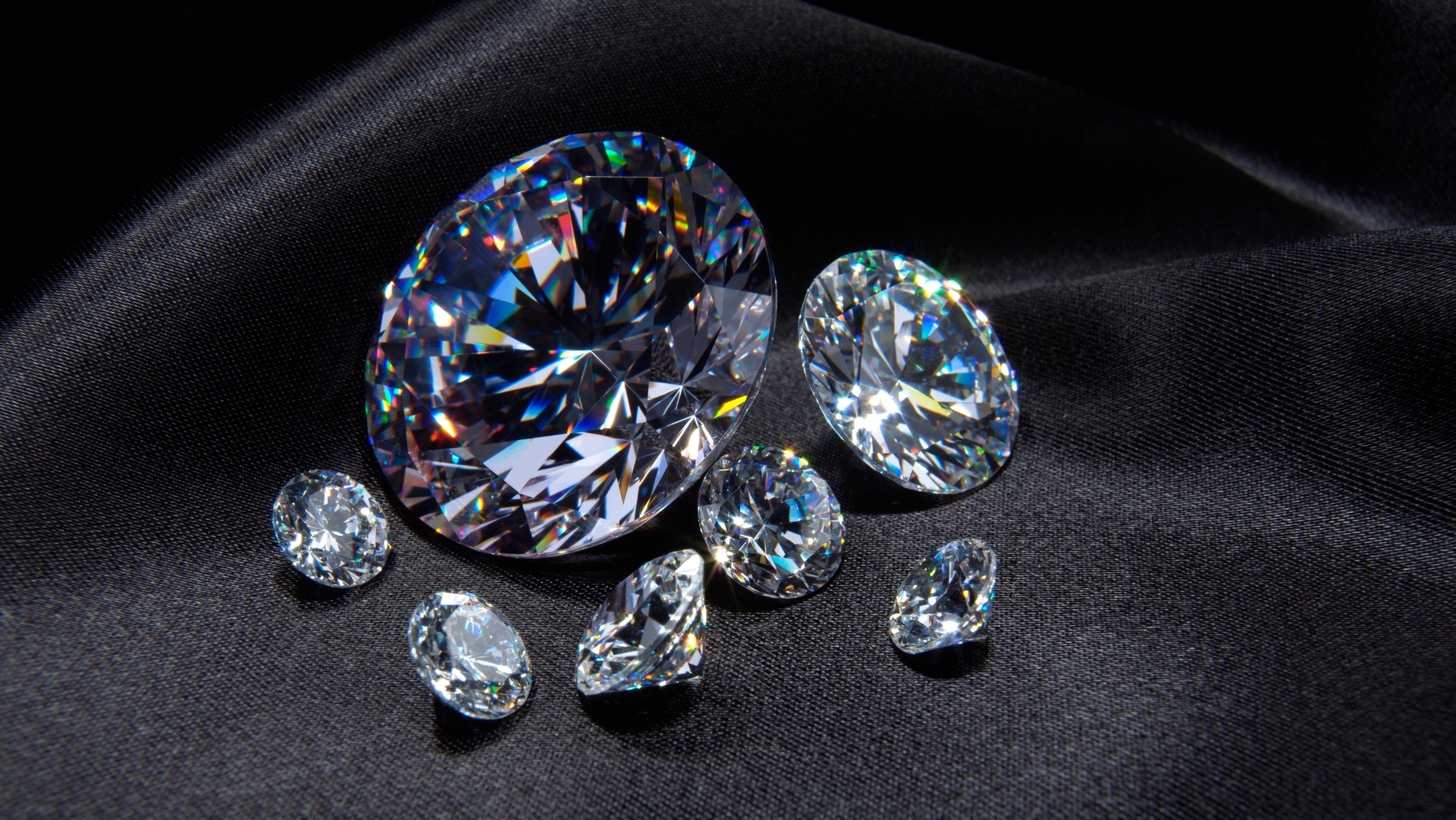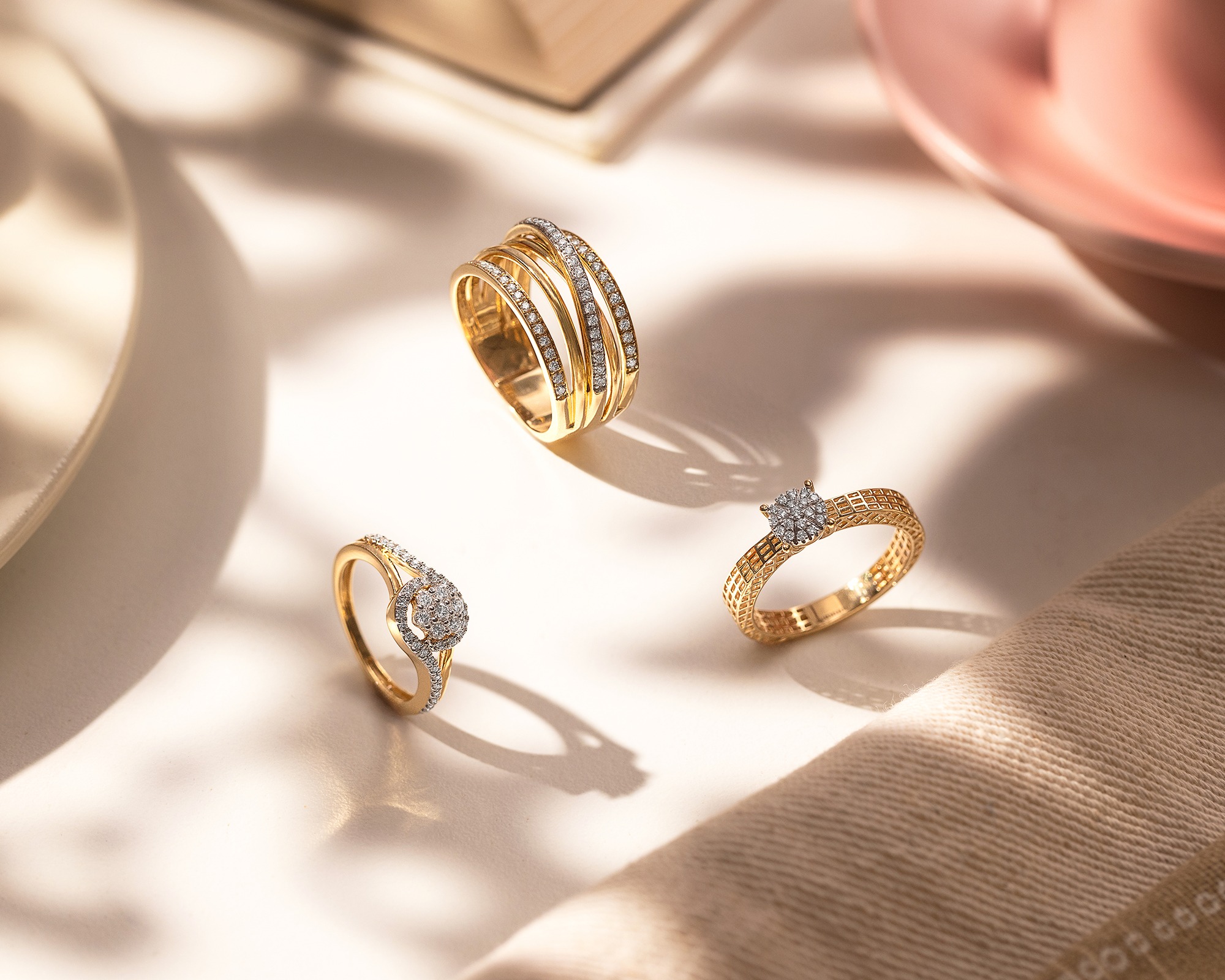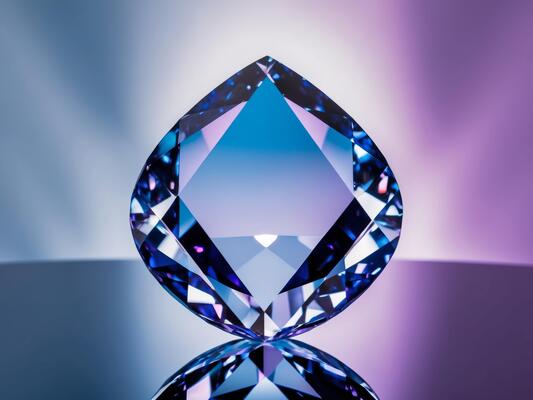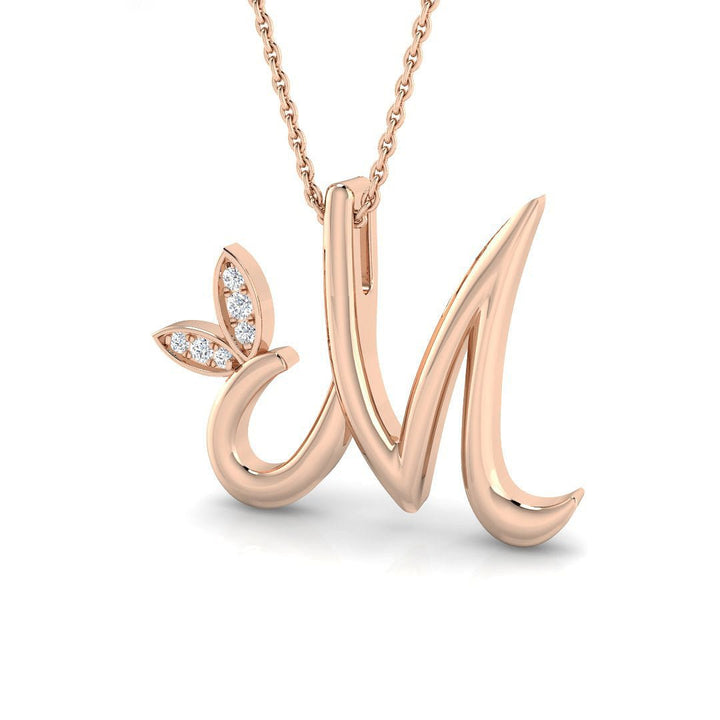HPHT vs. CVD: How Lab-Grown Diamonds Are Made and Why It Matters
As the demand for sustainable and ethically sourced jewelry grows, lab-grown diamonds have become a popular choice for consumers worldwide. Whether you’re looking for custom engagement rings in Frankfurt or debating between lab-grown vs. natural diamonds, understanding the key aspects of man-made diamonds is essential. This article explores diamond shapes, HPHT vs CVD production methods, the 4Cs of diamonds, and why lab diamond rings are an excellent choice for modern buyers.
What Are Lab-Grown Diamonds?
Lab-grown diamonds—also known as lab-created, lab-made, or man-made diamonds—are chemically and physically identical to natural diamonds. Instead of forming underground over millions of years, these diamonds are created in controlled laboratory environments using advanced technology. This process eliminates the environmental damage and ethical concerns associated with mined diamonds, particularly blood diamonds, which are often linked to conflict and exploitation.
Lab-Grown vs. Natural Diamonds: Which One Should You Choose?
When comparing lab grown diamonds, it’s important to consider factors like cost, sustainability, and ethics:
-
Price Advantage: Lab-grown diamonds are 30-50% more affordable than natural diamonds of the same quality.
-
Sustainability: Producing man-made diamonds has a significantly lower environmental impact than traditional diamond mining.
-
Ethical Sourcing: Lab-created diamonds are free from the conflict and human rights violations associated with blood diamonds.
-
Identical Beauty and Durability: Since lab diamonds have the same chemical structure as natural diamonds, they are just as brilliant and durable.
For buyers looking for a stunning diamond without the ethical concerns, lab-grown diamonds are the superior choice.
Popular Lab-Grown Diamond Shapes
Choosing the right diamond shape is one of the most important decisions when buying a lab-grown diamond ring. Popular lab diamond shapes include:
-
Round Brilliant: The most classic and sparkly shape.
-
Princess Cut: A square-shaped diamond with a contemporary feel.
-
Oval Cut: Elongated and elegant, perfect for making fingers appear longer.
-
Emerald Cut: A step-cut rectangular diamond with a vintage appeal.
-
Cushion Cut: A square or rectangular shape with rounded edges for extra brilliance.
-
Pear Cut: A teardrop shape that adds a unique touch to engagement rings.
-
Marquise Cut: A football-shaped diamond that maximizes carat size.
For those looking for custom engagement rings in Frankfurt, lab-grown diamonds provide endless possibilities in terms of shape and design.
The 4Cs of Diamonds: What You Need to Know
Understanding the 4Cs of diamonds—Cut, Color, Clarity, and Carat—ensures you get the best quality diamond for your budget:
-
Cut: The most crucial factor affecting a diamond’s sparkle.
-
Color: Ranges from colorless (most valuable) to shades of yellow and brown.
-
Clarity: Measures internal flaws (inclusions) and external imperfections.
-
Carat Weight: Determines the size and weight of the diamond.
By focusing on these factors, buyers can select a high-quality lab-grown diamond that suits their preferences and budget.
HPHT vs. CVD: How Lab Diamonds Are Made
There are two primary methods used to create lab-grown diamonds:
-
HPHT (High Pressure High Temperature): This method mimics natural diamond formation by exposing carbon to extreme heat and pressure.
-
CVD (Chemical Vapor Deposition): A more modern process where a diamond seed is placed in a gas-filled chamber to grow layer by layer.
While both methods produce high-quality diamonds, CVD diamonds tend to have fewer inclusions and higher purity.
Custom Engagement Rings in Frankfurt
For those in search of custom engagement rings in Frankfurt, lab-grown diamonds offer a perfect solution. Buyers can customize every aspect of their ring, including:
-
Diamond shape and size
-
Metal choice (white gold, yellow gold, rose gold, or platinum)
-
Ring setting and design
-
Claw setting (prongs) to hold the diamond securely
This flexibility allows couples to create a unique and personalized engagement ring that reflects their style and values.
Lab Diamond Rings and Claws: The Perfect Setting
The setting of a lab diamond ring plays a significant role in its overall look and durability. Claw settings (also known as prong settings) are one of the most popular choices, as they securely hold the diamond while allowing maximum light exposure. The most common prong styles include:
-
Four-claw setting: A minimalist look that showcases the diamond.
-
Six-claw setting: Provides extra security, especially for larger diamonds.
-
Double claw setting: A stylish alternative for added elegance.
Choosing the right claw setting enhances the beauty and safety of your lab-created diamond ring.
Why Lab-Grown Diamonds Are the Future
The shift toward lab-grown diamonds is undeniable, and for good reason:
-
More Affordable: Buyers can purchase a larger or higher-quality diamond within their budget.
-
Ethically Sourced: No connection to conflict zones or child labor.
-
Eco-Friendly: Reduces the environmental impact associated with mining.
-
Customizable: A wide range of diamond shapes and designs for personalized rings.
As more consumers become aware of these benefits, lab-grown diamonds are quickly becoming the preferred choice for engagement rings and fine jewelry.
Conclusion
Whether you’re looking for lab-grown diamonds in Frankfurt, exploring custom engagement rings, or learning about diamond shapes, choosing a man-made diamond is a smart, ethical, and cost-effective decision. With the same brilliance and beauty as natural diamonds—without the ethical concerns—lab-created diamonds represent the future of the jewelry industry.



